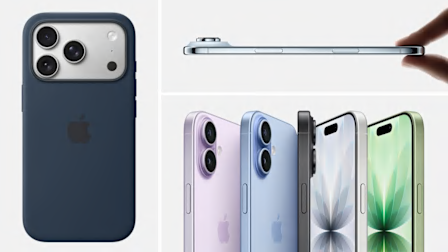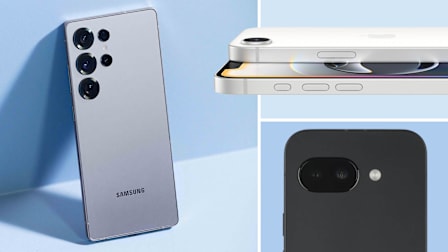We Tried It: The New Apple FineWoven Phone Case
With so many complaints and negative reviews floating around, we wanted to find out if the vitriol was legit. So we put the case through our tests.
When you shop through retailer links on our site, we may earn affiliate commissions. 100% of the fees we collect are used to support our nonprofit mission. Learn more.
For tech journalists and Apple fans, the company’s annual September events, when it announces some of its biggest new products, are something to look forward to. Most of the time, consumers and journalists focus on core products such as the iPhone or MacBook, and the reception tends to be either positive or, at worst, muted.
But this time around, alongside chatter about the new titanium iPhones and iOS 17’s improved Maps app, a significant portion of the conversation focused on Apple’s new $59 “FineWoven” iPhone cases. The fabric cases are a replacement for the company’s leather accessories as it attempts to get its product lines to reach carbon neutrality by 2030.
The Evaluation
One of the most common complaints about FineWoven cases is how easily they scratch. So naturally we started by doing two scratch evaluations: one with fingernails, the other with keys. We kept it simple and ran our fingernails over the cases three times. My dark purple "Mulberry” case showed scratches immediately, even though my fingernails are very short and smooth. And the scratches appeared different depending on the angle. Looking at the case from one way and they appeared whitish, while from another, they were dark. They resembled lines in velvet, as if the fibers in the fabric were being pushed in another direction, though they appeared to stay while the lines in velvet are easy to wipe away.
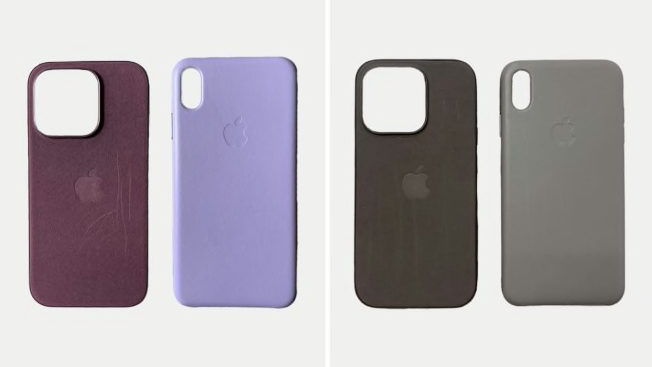
Photo: Angela Lashbrook, Jodhaira Rodriguez/Consumer Reports Photo: Angela Lashbrook, Jodhaira Rodriguez/Consumer Reports
For the keys test, we put the cases in our usual bags along with our keys, wallet, lip balm, etc. (without phones inside, unfortunately—Jodhaira and I didn’t have access to the units our labs used in their testing). For me, it was a Uniqlo fanny pack; for Jodhaira, the front pocket of her Dagne Dover backpack. We then gently shook our bags for two rounds of 30 seconds each. The results were similar to the fingernail test. “I think the leather case scratches as easily as my taupe FineWoven case, but it is more noticeable on the FineWoven case,” Jodhaira said. I could barely see the key scratches on my leather case, but on the FineWoven they were sharp, as if the case got in the way of an angry cat.
We also read that people think these cases are lint magnets. To evaluate that, we passed the cases in and out of the back pockets of black jeans 30 times each. The leather showed no change, while noticeable pieces of lint clung to the FineWoven.
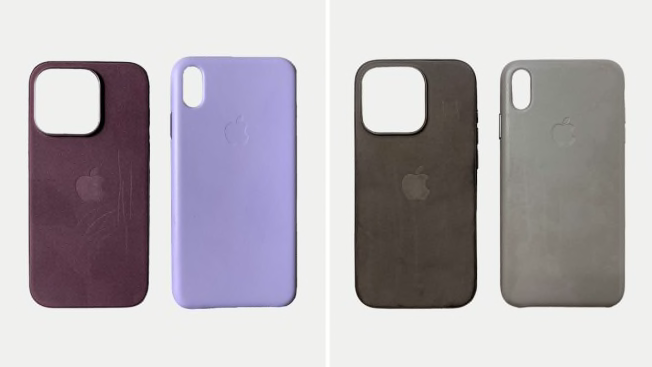
Photo: Angela Lashbrook, Jodhaira Rodriguez/Consumer Reports Photo: Angela Lashbrook, Jodhaira Rodriguez/Consumer Reports
Finally, in what is the most critical examination of the case as it pertains to my life, we looked at how it handles oil or grease. How easily would the different cases show grease after I ate an oily coconut oat cookie, put on lotion, or rubbed olive oil on our fingers? Here, we saw perhaps the most dramatic results. FineWoven does not like oil. The case was dappled with the gruesome evidence after I ate the cookie, while Jodhaira thought that hers “looked gross” after she used hand lotion with jojoba oil. “After 15 minutes, the oil dried into the material and just remained darkened,” she said, and she was unable to wipe it off. In fact, her attempt just made the stain bigger. The leather cases became slightly shiny in areas where we’d touched them with greasy fingers, but it wiped off easily. By the following day, the oil stains had slightly faded but remained apparent on the FineWoven, while they were gone almost entirely from the leather. A support page on Apple’s website recommends using laundry detergent and water to clean FineWoven iPhone cases, and it says that “some scratches may diminish over time.”
Apple did not provide comment for this article.
The Verdict
I mean, I won’t be getting the FineWoven for my someday iPhone 15. I use my phone while cooking and eating, and super-obvious grease stains make this decision a hard no for me. Though not included as part of this evaluation, my iPhone Xr has had the same silicone case for years, and sure, it doesn’t look new anymore, but it looks about as good or better than the FineWoven despite being five years old instead of two days old.
The FineWoven cases are made of what Apple calls “microtwill”—a two-sided fabric that’s woven in a diagonal pattern—made from very, very small fibers (1/12th the width of a human hair, according to iFixit). It’s “a twill weave with microfibers,” says Kathryn Reiley, an adjunct professor of apparel design and retail merchandising at the University of Minnesota College of Design. “Microfibers are actually bad for the environment. They have created a new form of plastic pollution.” While Apple may intend to improve its carbon footprint with fabric cases instead of leather, these effects will be considerably diminished if irritated consumers throw away their FineWoven cases not long after purchasing them.
Still, leather production really is terrible for the environment, and Apple’s intention to replace it with something more sustainable is commendable. (FineWoven is made from 68 percent post-consumer recycled content, and according to the company has “significantly lower emissions compared to the more carbon-intensive leather.”) But if you intend to keep your phone for more than a year, you might be better off with something that won’t look like a toddler has been chewing on it.
Or maybe you don’t mind the toddler-chewed look, or it’s simply worth suffering through for the (hopefully years-long) lifespan of your phone because of Apple’s goal of carbon neutrality. As someone who’s at the tail end of my third trimester of pregnancy, maybe it’s time for me to stop minding the toddler-chewed look, too.






























